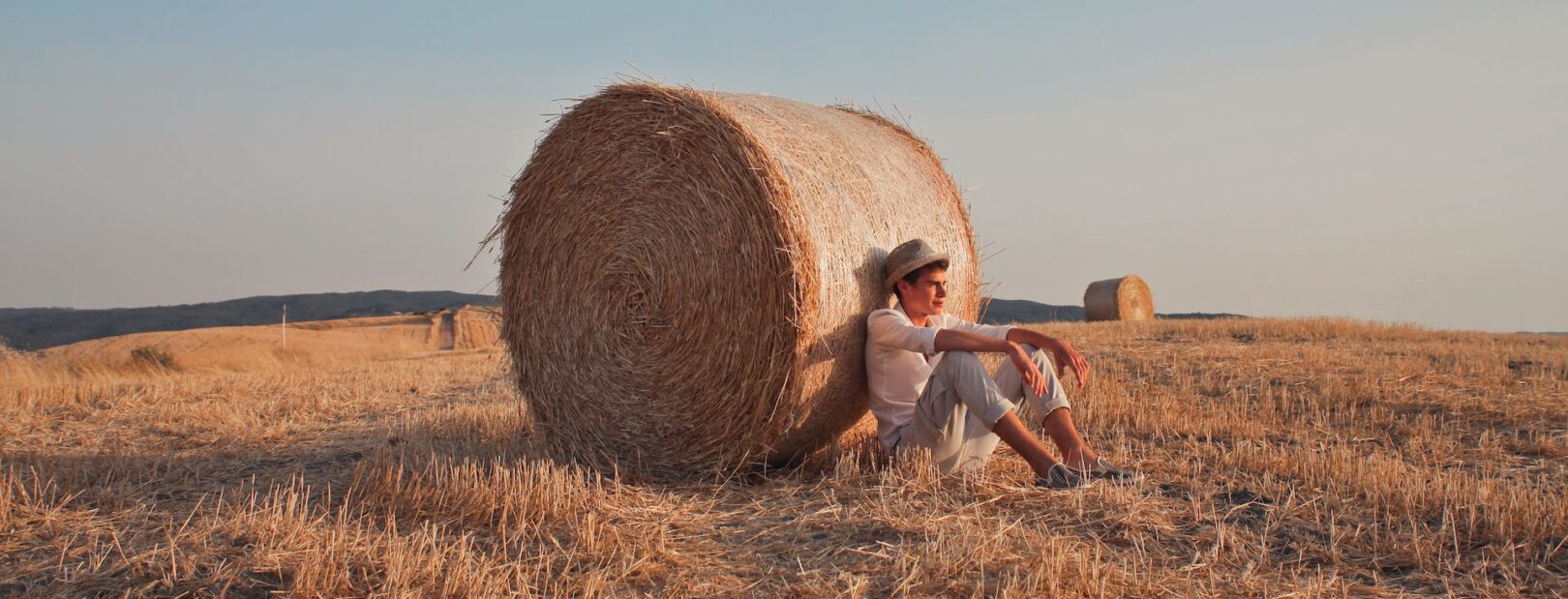 If you are considering placing artificial grass on your terrace or garden, you should know that there are several types and brands with very varied prices. We offer you several tips and recommendations to make the best choice:
If you are considering placing artificial grass on your terrace or garden, you should know that there are several types and brands with very varied prices. We offer you several tips and recommendations to make the best choice:
In some places, such as the terrace or balcony of a home, there is simply no possibility of laying natural grass. But in gardens or farms, where we can install artificial grass or grow natural grass, we must assess the advantages and disadvantages that one type of grass offers us over the other.
At first, artificial grass was intended for sports such as soccer or field hockey. Still, in recent years, manufacturers have been adapting it to different needs, which offers us more affordable prices in addition to giving us variety.
The advantages of artificial grass are several:
- It does not require frequent maintenanceto maintain the colour or length as occurs with natural hair. We simply have to worry about washing and brushing once a month and, from time to time, disinfecting to prevent fungi from appearing.
- Compared to natural grass, the amounts of wateringartificial grass requires are ridiculous. We simply have to water it to clean it and prevent the fibre from drying out.
- The resistanceis much more significant, and even if it is always in a shaded area, it is not damaged by not receiving sunlight.
It is true that it also offers some disadvantages, such as the outlay being higher than what some grass seeds cost. Furthermore, although it is more resistant, it does not have other properties of natural grass: it heats up more quickly (even burning if there is a lot of sun), and it cannot regenerate, so if it is damaged or broken, you will have to buy more artificial grass, since that will not grow new.
 As we have already said before, currently, there are different types of artificial grass to choose from. It is vital to know some essential aspects to take into account when choosing artificial grass:
As we have already said before, currently, there are different types of artificial grass to choose from. It is vital to know some essential aspects to take into account when choosing artificial grass:
- Base. Artificial grass comprises two parts; the upper part is what we see, which simulates natural grass, but we have the base below, usually in black. The fibres are sewn into this base, which is of great importance. Said base can be made of two types of material: latex or polyurethane. In general, it is considered that latex ones are ideal for temperate climates or areas with little traffic. The polyurethane ones resist temperature changes, and the most intense use is better.
- Height. We can choose the height of the grass, which will depend on the use we want to give it and our budget since the higher the size, the higher the price. Some are less than 20 mm, although it is designed more for decoration than to be used. The 20 and 30 mm and 30 to 40 mm allow intensive use, and the longer it is, the more it resembles field grass. The size of 40 mm or more is the most natural and comfortable type. It is especially recommended for children’s play areas.
- Color. More than the colour itself, the mix of tones is critical. If the grass is monochrome, it is pronounced that it is artificial. There should be a good mix of greenish tones, and even with some bits of brown to give it a natural appearance.
- Density. Manufacturers tell us the density of each roll of artificial grass, and in general, the higher the density (the higher the price) and the better the quality. Furthermore, dense grass withstands the passage of time better because even if it loses fibres, it will be much less noticeable than a less dense one that is already fairer.

